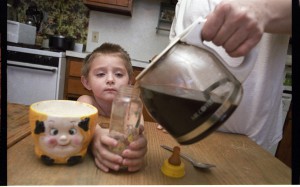NCJFCJ Releases Guide to Trauma Consultation in Juvenile and Family Courts
By Susan Richardson, April 16 2015
A growing body of research is constantly giving fuel to the issue of childhood trauma and toxic 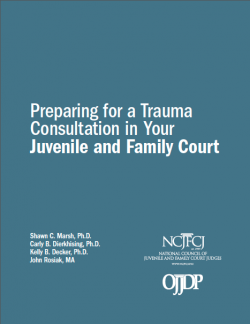 stress—specifically, how they impact health outcomes in the future, and the critical need for juvenile and family courts to become trauma-informed in order to effectively treat these issues. The latest effort to make trauma-informed courts widespread is from the National Council of Juvenile and Family Court Judges (NCJFCJ), which has released “Preparing for a Trauma Consultation in Your Juvenile and Family Court,” a guide for juvenile and family courts to become more trauma-informed.
stress—specifically, how they impact health outcomes in the future, and the critical need for juvenile and family courts to become trauma-informed in order to effectively treat these issues. The latest effort to make trauma-informed courts widespread is from the National Council of Juvenile and Family Court Judges (NCJFCJ), which has released “Preparing for a Trauma Consultation in Your Juvenile and Family Court,” a guide for juvenile and family courts to become more trauma-informed.
The guide outlines why courts need to be trauma-informed and how they approach building a framework, including:
- Elements of a comprehensive and successful trauma-informed framework
- Questions to ask to determine if your juvenile or family court is ready for a trauma consultation
- How to prepare for a consultation
- What to expect during a consultation
- How to put consultation recommendations into action
ACEs Too High, an online news site dedicated to adverse childhood experiences (ACEs), regularly reports on the need for more trauma-informed courts that are reflected in this NCJFCJ guide. A recent article by writer Ed Finkel reports on local courts who are adopting models of trauma-informed care, and other tools available, such as the Think Trauma curriculum for staff members in juvenile correctional facilities.
Finkel also reported on the trauma-informed approach used by judges to administer sustainable solutions for at-risk youth. The article interviews several judges to gain their perspective on trauma-informed courts.
Most recently, Pediatrician and ACEs leader Nadine Burke Harris brought ACEs to the forefront once again on a national stage during her TEDMED talk emphasizing the health impact of childhood trauma, indicating that those who have experienced high levels of this kind of toxic stress are four times more likely to become depressed, and 12 times more likely to attempt suicide.
The NCJFCJ guide is more timely than ever, as more and more public health leaders are adding to existing evidence that emphasizes the need for trauma-informed care. A trauma-informed court can be a safe and effective point of intervention to vulnerable youth and families, and can help coordinate support or treatment to improve outcomes and get young people on a positive path.

 Juvenile Justice Reform
Juvenile Justice Reform
 Last Thursday,
Last Thursday, 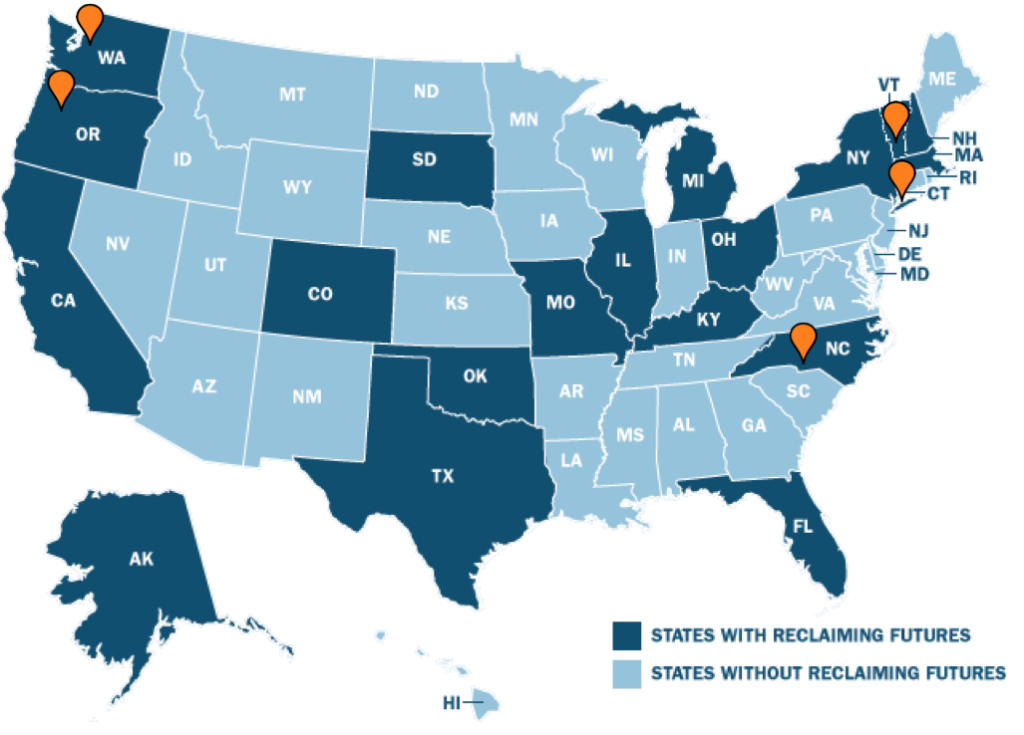
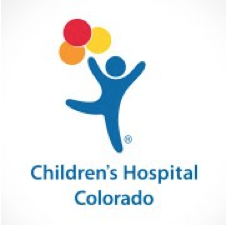 Thirteen percent of children, as young as age six, have diagnosable mental illness. About half of adults with mental illness had problems starting at a young age, and three-quarters of adults with mental illness experienced symptoms by age 22. The recent
Thirteen percent of children, as young as age six, have diagnosable mental illness. About half of adults with mental illness had problems starting at a young age, and three-quarters of adults with mental illness experienced symptoms by age 22. The recent 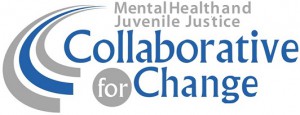 teens who have been involved in the juvenile justice system. This week and next, the
teens who have been involved in the juvenile justice system. This week and next, the 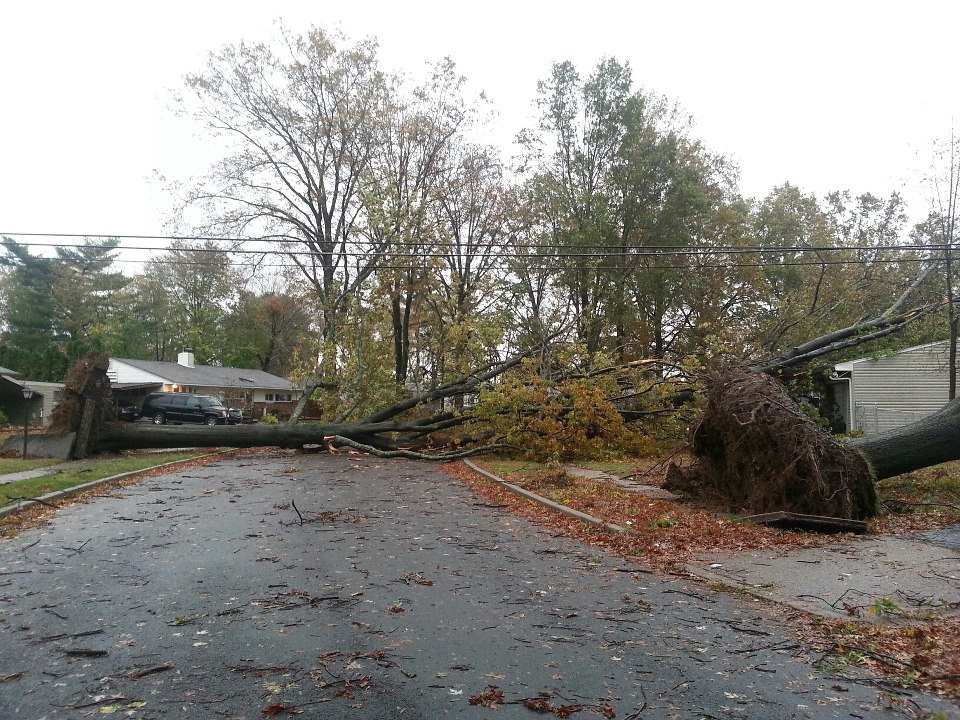
 “Nearly two-thirds of adolescents who have had a major depressive episode don't get treatment, according to the Substance Abuse and Mental Health Services Administration.”
“Nearly two-thirds of adolescents who have had a major depressive episode don't get treatment, according to the Substance Abuse and Mental Health Services Administration.”